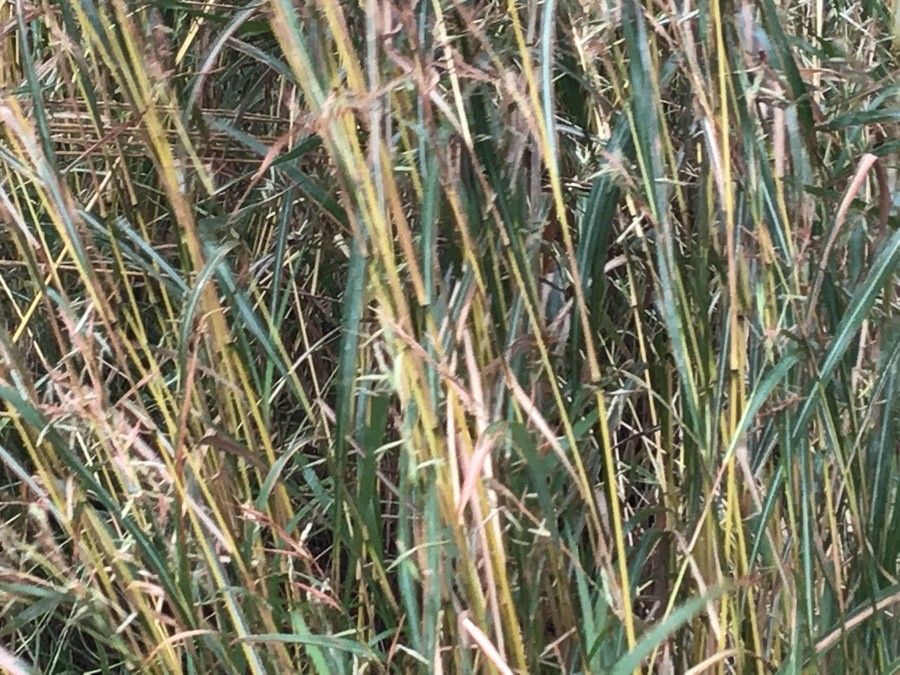Taming the Tamba: A Guide to Propagating Hyparrhenia Tamba Grass
Hyparrhenia tamba, also known as Jaragua grass, is a tropical perennial grass valued for its hardiness, rapid growth, and ornamental feathery plumes. Native to Africa, this versatile grass thrives in warm climates and makes a stunning addition to gardens thanks to its graceful arching foliage that can reach impressive heights. While readily available as mature plants, propagating your own Hyparrhenia tamba is a rewarding endeavor. This comprehensive guide delves into the two primary methods of propagating this beautiful grass: division and seeds.
Division: The Simplest Route to Multiplication
Division is the easiest and most efficient way to propagate Hyparrhenia tamba, ensuring quick establishment and guaranteed success. This method involves splitting an existing healthy clump into smaller sections, each capable of growing into a new plant.
Here’s how to divide your Hyparrhenia tamba:
- Timing is Key: The best time to divide Hyparrhenia tamba is during the active growing season, ideally in spring or early summer.
- Prepare your tools: You’ll need a sharp, clean spade or garden knife and gardening gloves to protect your hands.
- Lift and Divide: Carefully dig around the base of the mature clump, ensuring you’ve loosened a good amount of soil around the roots. Gently lift the clump out of the ground and shake off any excess soil. Using your spade or knife, divide the clump into smaller sections, ensuring each section has a healthy amount of roots and shoots.
- Replant and Water: Replant the divided sections in well-draining soil in their desired location. Water deeply to encourage root establishment.
Seeds: Sowing the Seeds of Success
While slightly more time-consuming, propagating Hyparrhenia tamba from seeds offers a rewarding experience and the chance to cultivate this stunning grass from scratch.
Here’s a step-by-step guide to propagating from seed:
- Seed Selection: Source fresh Hyparrhenia tamba seeds from a reputable supplier. Fresh seeds generally have a higher germination rate.
- Sowing Time: Start seeds indoors 6-8 weeks before the last expected frost in your area. If you live in a frost-free region, you can sow seeds directly outdoors after the soil has warmed up in spring.
- Sowing Medium: Use a well-draining seed starting mix or a mixture of peat moss and perlite.
- Sow and Cover: Sprinkle seeds evenly over the surface of the dampened medium and lightly press them down. Do not bury them deeply.
- Light and Warmth: Hyparrhenia tamba seeds require light to germinate. Place the seed trays in a bright location, avoiding direct sunlight. Maintain a consistent temperature of around 70-75°F (21-24°C).
- Moisture is Key: Keep the sowing medium consistently moist but not waterlogged. Misting with a spray bottle can help prevent seed displacement.
- Transplant Time: Seedlings will emerge within 1-3 weeks. Once they have developed a few sets of true leaves and are large enough to handle, carefully transplant them into individual pots or directly into the garden.
A Note on Patience
Regardless of the propagation method you choose, remember that Hyparrhenia tamba, like most grasses, requires patience. It may take some time for the new plants to establish themselves fully. However, with proper care and attention, your efforts will be rewarded with vigorous, healthy plants that add a touch of elegance to your outdoor space.
By following these simple guidelines, you can successfully propagate your own Hyparrhenia tamba plants and enjoy the beauty and resilience of this remarkable grass for years to come.

